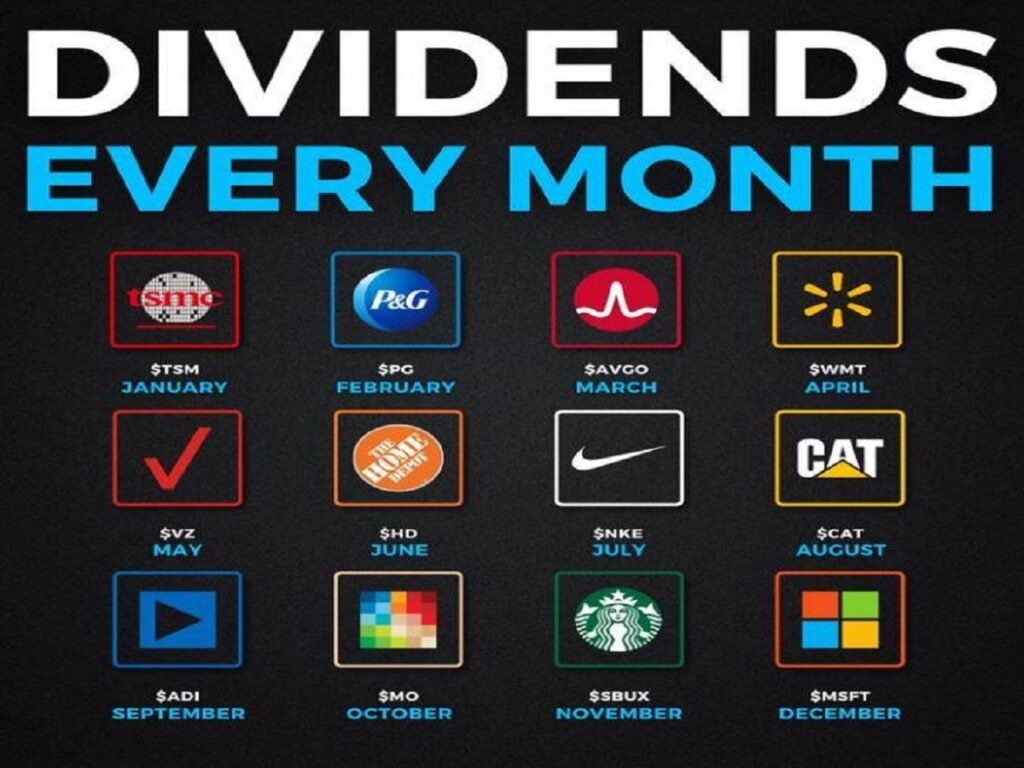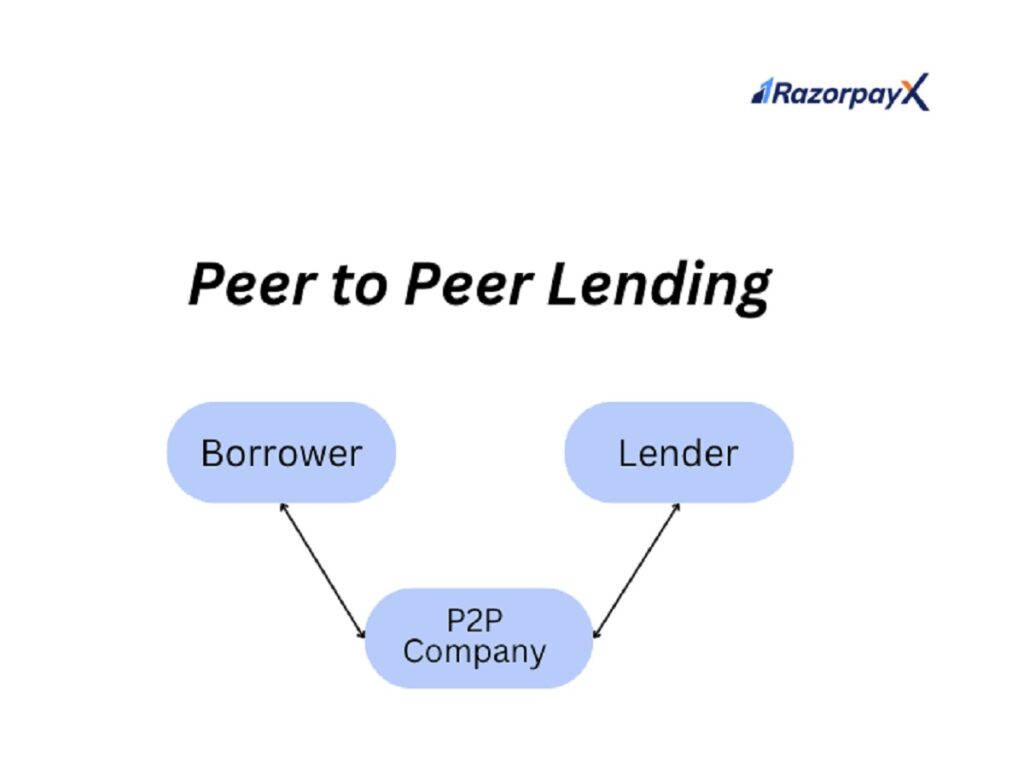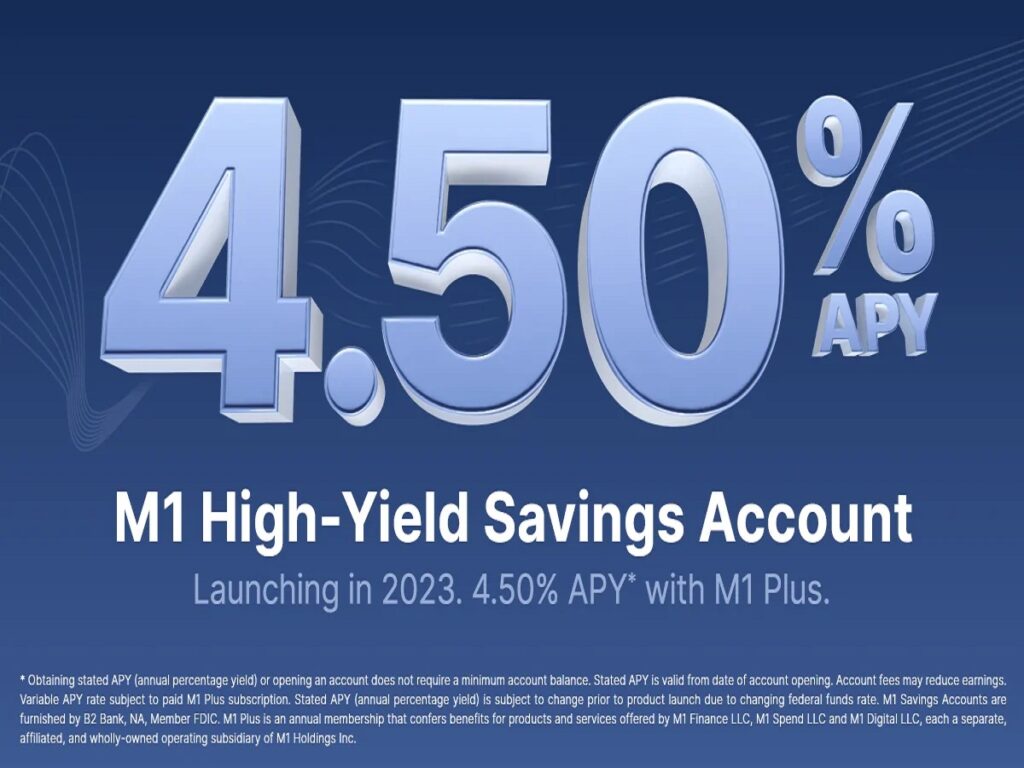In a world where prices rise and the value of money slowly shrinks, finding reliable ways to earn passively has become more essential than ever. Inflation erodes purchasing power, but certain income streams can withstand its pressure and continue generating consistent returns. These sources are not only sustainable but also adapt to changing market conditions, ensuring financial security even when the economy wavers. Let’s explore five passive income streams that keep paying, even when inflation is on the rise.
1. Dividend-Paying Stocks

Dividend-paying stocks have long been a classic hedge against inflation. Companies with a strong history of consistent dividends, such as Johnson & Johnson or Coca-Cola, tend to perform well because they often raise payouts as profits grow. When inflation rises, businesses that can pass higher costs to consumers maintain their earnings, which helps sustain dividends. Investors can build a portfolio of such stocks and reinvest dividends for compounded growth. The key lies in choosing companies with solid balance sheets, long-term profitability, and a proven record of rewarding shareholders, ensuring stable income through economic ups and downs.
2. Real Estate Investments

Real estate remains one of the most tangible and dependable inflation-resistant assets. As prices for goods and services increase, so do property values and rental rates. This natural adjustment helps real estate investors maintain purchasing power while earning steady cash flow. Whether through direct ownership of rental homes or investing in Real Estate Investment Trusts (REITs), this stream can generate monthly income while appreciating in value over time. Real estate also provides tax advantages and leverage opportunities, making it an effective tool for long-term wealth preservation against inflationary pressures.
3. Peer-to-Peer Lending Platforms

Peer-to-peer (P2P) lending, which began gaining traction in the late 2000s, allows individuals to lend money directly to borrowers through online platforms like LendingClub or Prosper. Investors earn interest as borrowers repay their loans, typically at rates higher than traditional savings accounts. Because the interest rates can adjust according to market trends, P2P lending offers a degree of inflation protection. However, diversification is key to minimizing risk. Spreading funds across multiple borrowers can help ensure consistent returns even when economic conditions shift, turning this modern income stream into a resilient passive earner.
4. Royalties from Digital Products

Royalties from digital creations such as e-books, music, online courses, or software can provide continuous income once the initial product is built. Platforms like Amazon Kindle Direct Publishing, Udemy, or the App Store allow creators to earn a percentage each time their work is sold or used. The beauty of digital assets lies in scalability; the product can be sold globally without extra production costs. Even during inflation, as more people seek affordable digital resources, demand remains steady. With the right marketing and quality content, digital royalties can deliver recurring revenue without ongoing effort, protecting earnings from inflation’s effects.
5. High-Yield Savings Accounts and CDs

While traditionally seen as conservative options, modern high-yield savings accounts and certificates of deposit (CDs) have evolved to offer better returns. Many online banks now adjust interest rates more frequently, keeping pace with inflation. Though they won’t make you rich, these accounts provide safety and liquidity crucial during uncertain times. Historically, during inflationary periods like the 1970s, banks offered significantly higher interest rates to attract deposits. Choosing insured, high-yield options can provide a stable and low-risk source of passive income.
Comments